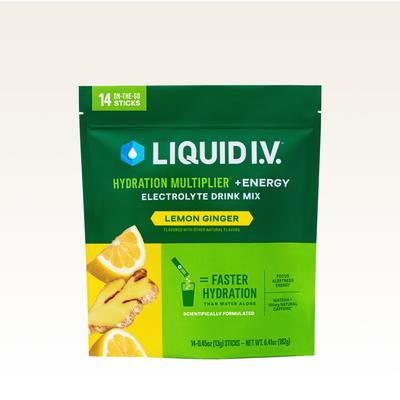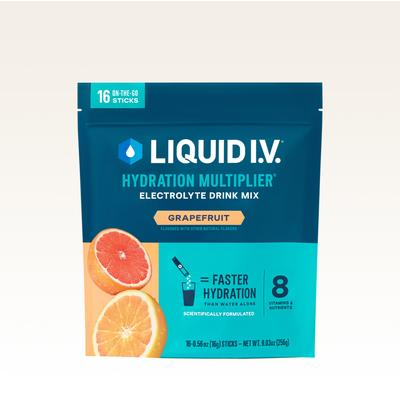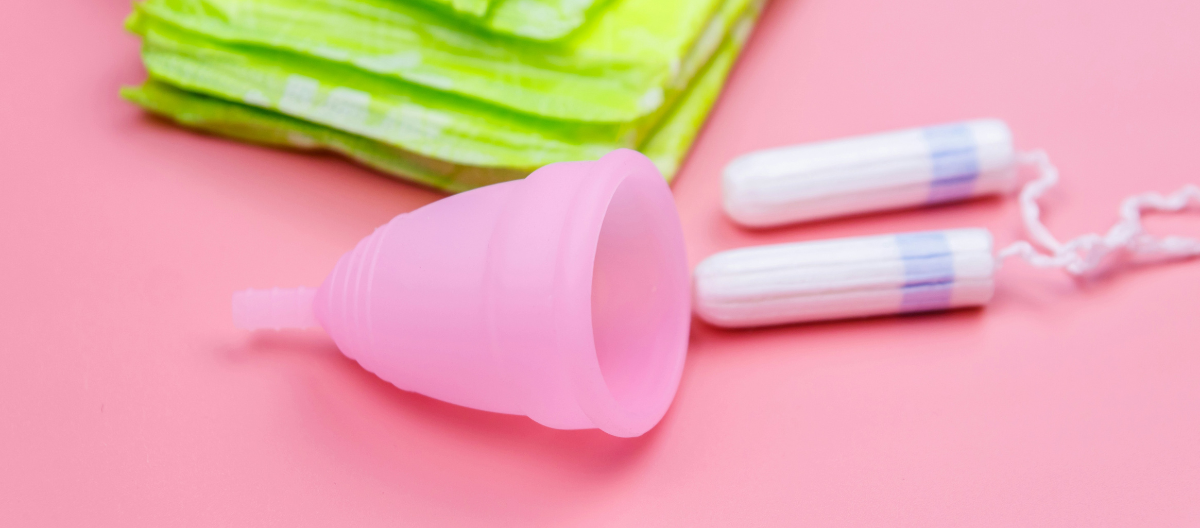Hey Diva dressing fans! When the items we love coincide with brands we work with, Diva dressing will use Paid Links in our articles. If you decide to click on these links and purchase the product, we get a small commission. Our Opinions Are Our Own, but we do add Paid Links as a way to offer these products at no added cost to our readers. Want to know more? Click Here to check out our Terms of Use anytime!
Menstruation is a natural biological process that affects a significant portion of the population. However, millions of individuals around the world still face barriers to accessing menstrual health products and education. This lack of access can have profound implications for health, education, and gender equality. Here we will explore the causes and consequences of this issue and highlights potential solutions to improve access to menstrual health resources.
Scope of the Issue
The lack of access to menstrual health products and education affects individuals in various contexts, particularly in low-income countries and marginalized communities.
Limited Availability of Menstrual Products
In many regions, menstrual hygiene products, such as pads, tampons, and menstrual cups, are not readily available. Factors contributing to this lack of availability include:
- Economic Barriers: Many individuals cannot afford menstrual products, leading to reliance on improvised alternatives such as cloth, paper, or leaves. This can pose health risks, as these alternatives are often unsanitary and ineffective.
- Supply Chain Issues: In some areas, there may be logistical challenges in distributing menstrual products, leading to scarcity in local markets.
- Cultural Stigmas: Cultural beliefs and taboos surrounding menstruation can further complicate access, as discussing or purchasing menstrual products can be seen as embarrassing or taboo.
Lack of Education and Awareness
Education around menstrual health is often limited, contributing to misinformation and stigma.
- School Curriculum Gaps: In many educational systems, menstruation is not adequately covered in health education, leaving individuals unprepared and uninformed about their bodies.
- Stigmatization: Cultural attitudes towards menstruation often lead to shame and silence surrounding the topic, preventing open discussions that could promote understanding and awareness.
- Parental and Community Attitudes: In some cultures, discussions about menstruation may be considered inappropriate, leading parents to avoid educating their children about menstrual health.
Impact on Health and Well-Being
The lack of access to menstrual products and education can significantly impact physical and mental health.
- Physical Health Risks: Using unsanitary menstrual products can lead to infections and other health complications. This risk is particularly acute for those using makeshift alternatives without proper hygiene.
- Mental Health Effects: The stigma and shame associated with menstruation can lead to anxiety, depression, and decreased self-esteem among those unable to manage their periods effectively.
- Impact on Education: Many individuals, particularly girls, miss school during their periods due to lack of products or facilities. This absenteeism can hinder their education, leading to long-term consequences for their academic and professional futures.
Addressing the Challenges
To improve access to menstrual health products and education, a multifaceted approach is necessary.
Policy and Advocacy
Governments and organizations should advocate for policies that ensure access to menstrual health products and education.
- Subsidized Products: Implementing programs to subsidize menstrual products can make them more affordable and accessible for those in need.
- Public Education Campaigns: Raising awareness about menstrual health can help reduce stigma and promote understanding among communities.
School-Based Programs
Integrating menstrual health education into school curricula is vital for empowering young people.
- Comprehensive Education: Schools should provide accurate information about menstruation, including hygiene practices and the importance of products.
- Access to Products: Schools can also serve as distribution points for menstrual products, ensuring that students have what they need during their periods.
Community Initiatives
Grassroots efforts can help bridge the gap in access to menstrual health resources.
- Local Production of Products: Encouraging local production of affordable, eco-friendly menstrual products can create jobs and ensure availability in communities.
- Support Groups and Workshops: Creating safe spaces for discussions about menstruation can help normalize the topic and empower individuals with knowledge.
Collaboration with NGOs and Organizations
Partnerships between governments, NGOs, and private sectors can enhance the reach of menstrual health initiatives.
- Resource Distribution: Organizations can collaborate to distribute menstrual products in underserved areas, ensuring that those in need receive essential supplies.
- Research and Data Collection: Conducting research on menstrual health needs can help tailor interventions and assess the effectiveness of programs.
Here are some products you can try
Liquid I.V.® Wild Berry14 Pack – Powdered Hydration Multiplier® +Immune Support $24.99

Liquid I.V.® Lemon Ginger Powdered Energy Multiplier $24.99

Liquid I.V.® Grapefruit Powdered Hydration Multiplier®$24.99



